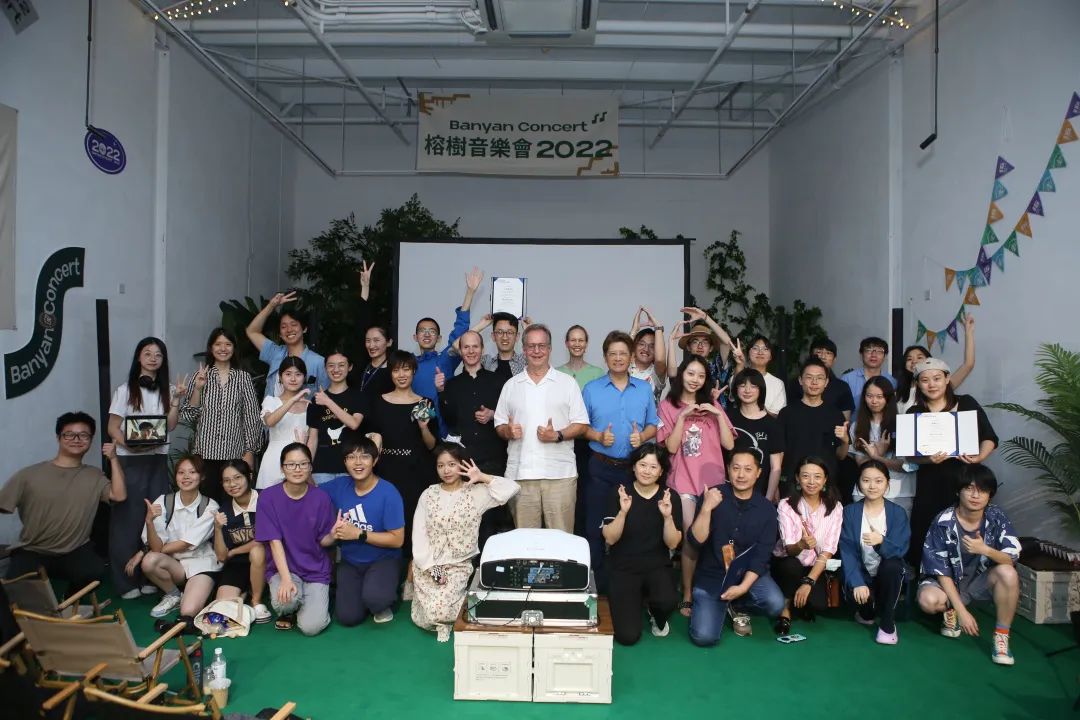Nov 16. 2022 - Spotlight
Profile
Thomas Kvan is the founding dean of the School of Design of the Southern University of Science and Technology (SUSTech). As the founding dean, Kvan shows confidence about the school’s future development, and says he will devote himself in building it into a world-class design school with distinctive characteristics to show the world the charms of Shenzhen, a UNESCO City of Design. He is also hoping to help improve the quality of people’s life via design.
Shenzhen was designated as a UNESCO City of Design in 2008. In 2019, the Shenzhen Municipal Government entrusted the Southern University of Science and Technology (SUSTech) to build the Shenzhen institute of innovation and design, one of the city’s 10 new cultural facilities of the new era.
The SUSTech School of Design was officially established April 8, 2020 as a department in the university. At the same time, Thomas Kvan was appointed as the founding dean of the design school via a global selection.


Thomas Kvan (C), founding dean of the School of Design of the Southern University of Science and Technology (SUSTech), and students pose for a group photo at the end of a school course. Photos courtesy of the interviewee
This opportunity finally brought Kvan to Shenzhen. Before this, Kvan spent over 30 years in Hong Kong and has visited Shenzhen for many times. Kvan said that he has seen Shenzhen emerge into an important city not only in the Guangdong-Hong Kong-Macao Greater Bay Area, but also in the world.
Design school helps Shenzhen become center of design
In Kvan’s eyes, establishing a design school in Shenzhen is enormously attractive as a large part of what had been realized in design was created in Shenzhen.


Kvan speaks in a class on the design of recyclable products.
“I was immediately attracted and it is also important to have a design school in a city which is the center of manufacturing and the center of realization of designs. The design school will help Shenzhen realize its ambition to become a center of design, not just design production,” Kvan said.
Many designs have been brought in due to the city’s role as one of China’s manufacturing hubs, which also serves as a unique advantage for designers as they could test it out immediately whenever they get an idea with related systems in place, he said.
As Shenzhen develops, Kvan believed that aside from production, more aspects of design activities will permeate the many different other aspects of the city to help Shenzhen develop a rich design culture.


Kvan delivers a speech at the International Architecture Design & Art Forum, which is part of the Shenzhen Creative Week.
Speaking of the city of design, Kvan observed that the important thing for every city of design is to show the world its commitment to design in every aspect of what it does and to present the value of design to visitors and residents.
“Shenzhen, for example, has a commitment to an urban development of creating a green city, to the design qualities and values in the way people live, and to help design be manifested and created in the city,” he said.
Kvan said that Shenzhen, which is a fairly young city, offers a wonderful opportunity to develop a rich design ecosystem where small things gradually grow into place.
Local design events boost global discussion
Over the years, Shenzhen has organized a series of design activities such as Shenzhen Design Week, Bi-City Biennale of Urbanism\Architecture and Shenzhen Creative December.


Kvan (L) exchanges ideas with a student of the SUSTech School of Design at the Fashion Shenzhen exhibition.
“It’s very good that Shenzhen is doing all these design activities. I am very excited to be part of these events both personally and as the dean of the design school,” Kvan said, adding that “the biennale is an important forum for global discussion and global engagement on design, which also brings people together for cultural conversations as design relies upon cultural conversations.”
Kvan suggested that design is best explored when it’s put into a public conversation so there needs to be more small and large-scale design activities. “It is very good that Shenzhen has put the effort into starting up many design activities like the biennale,” he said.
Design improves quality of life, benefits sci-tech research
When Kvan speaks about Shenzhen as a city of design, he’s thinking of making design part of everyone’s daily life, he said.


Kvan delivers a speech on aesthetics at the Shenzhen International Urban Aesthetics Forum on August.
“Design is helping people no matter what job they are in. Design is improving the quality of people’s life. Therefore, people value design and what they do will reflect more design. They will create a city where any visitor coming here would see that everyone here understands what design can bring,” Kvan said.
Helping everyone in the world to improve the quality of their life through design is also one of the design school’s commitments, according to Kvan.
Kvan also suggested that design’s additional importance is having a major role in conversations with science and technology researchers to contribute to their development of ideas.
“Designers become intermediaries between society and research since they take researchers’ ideas and translate them into experiences for society. They can also guide research into designed outcomes,” said Kvan.
Given this, Kvan said that the future of the design school will be tightly linked to industry, production, basic research, and science and technology. Shenzhen, also a tech hub in the country, will thus have a unique design school in that way.